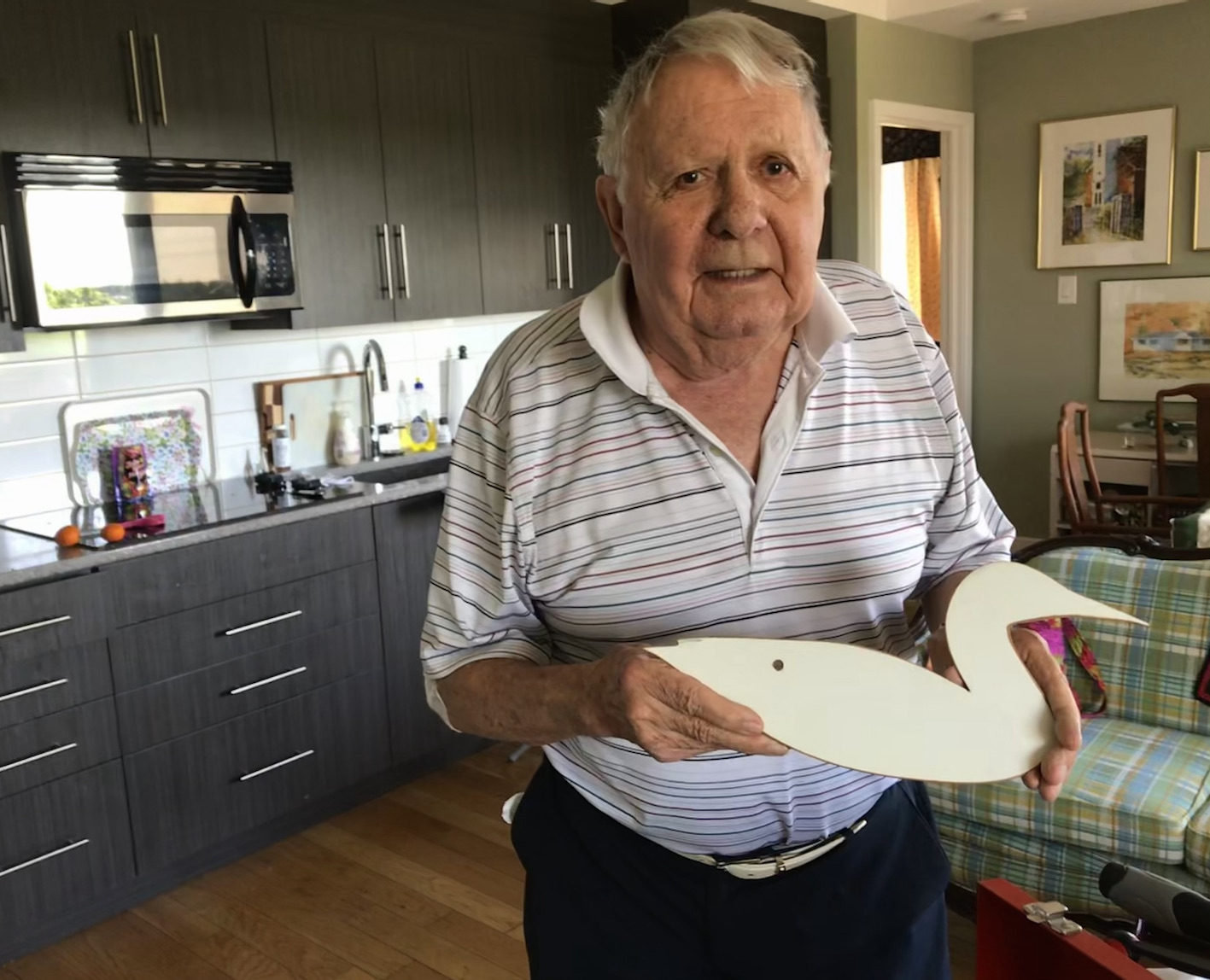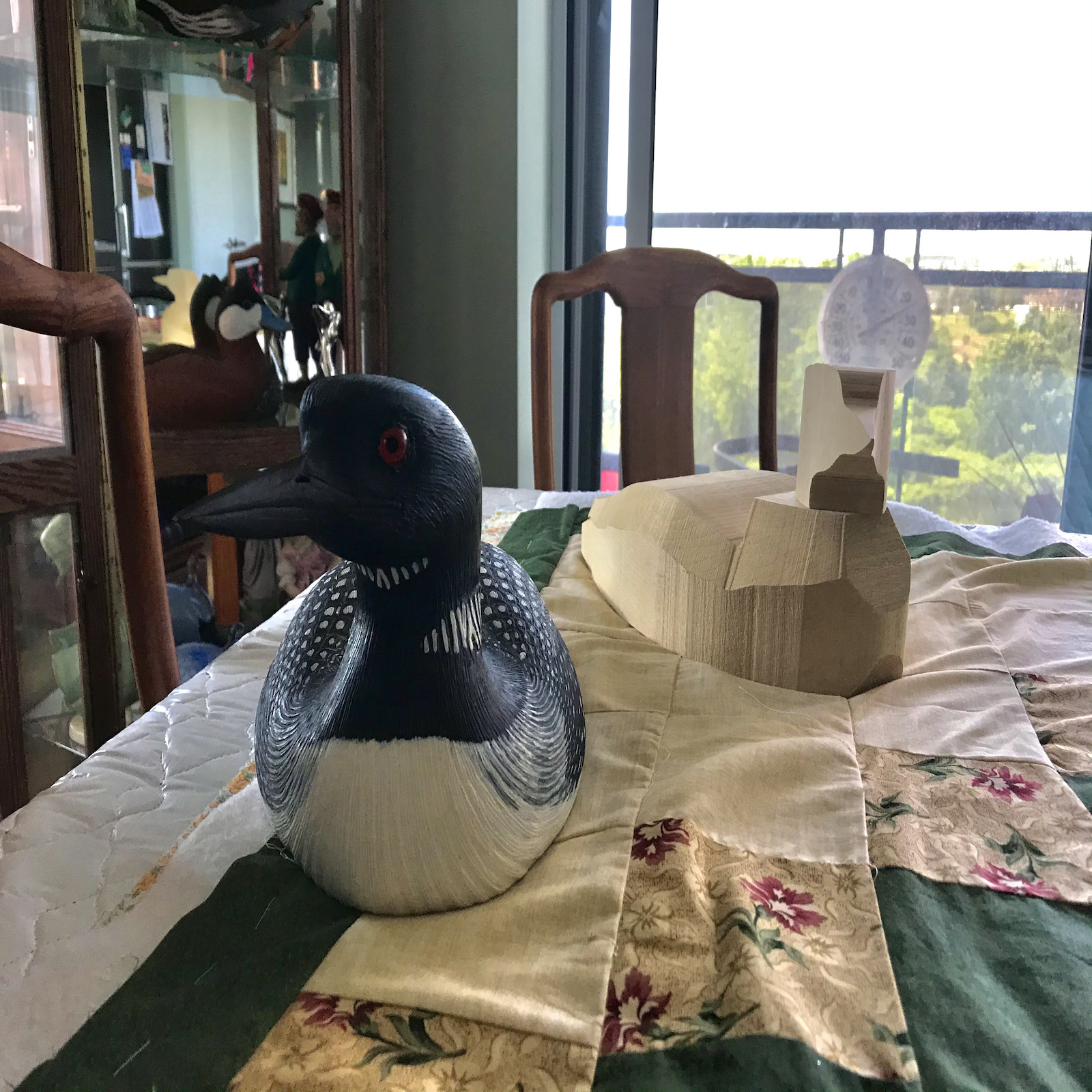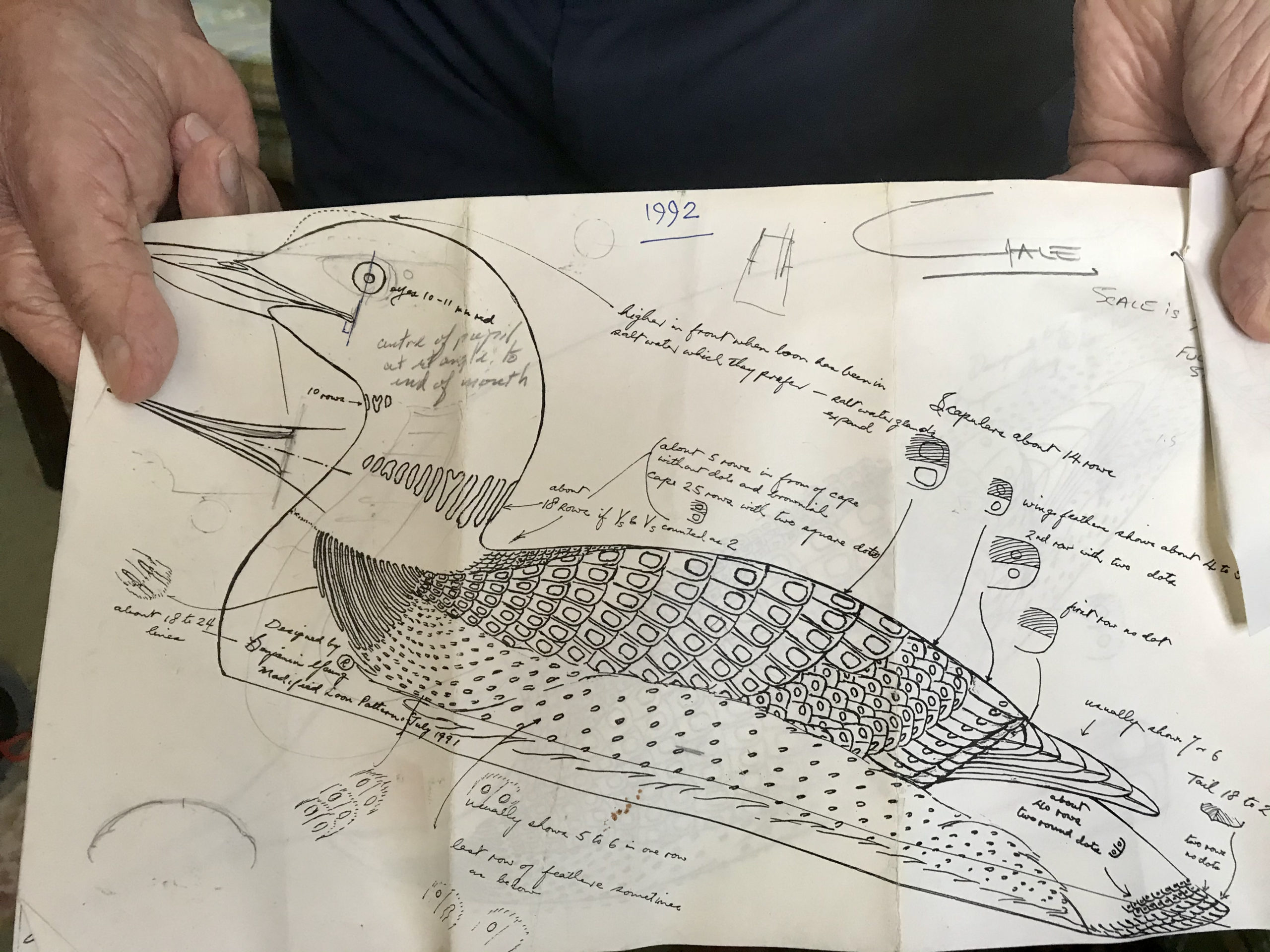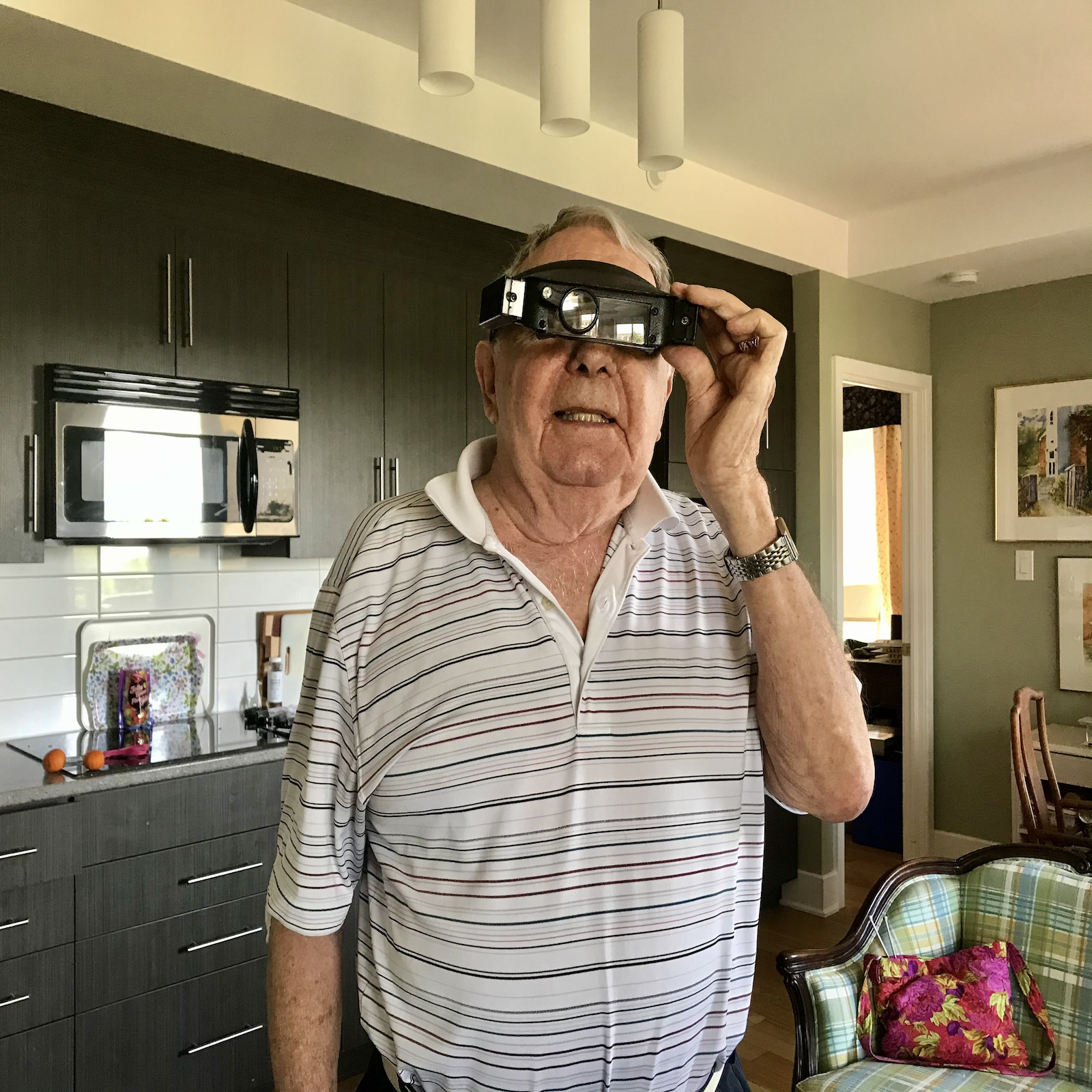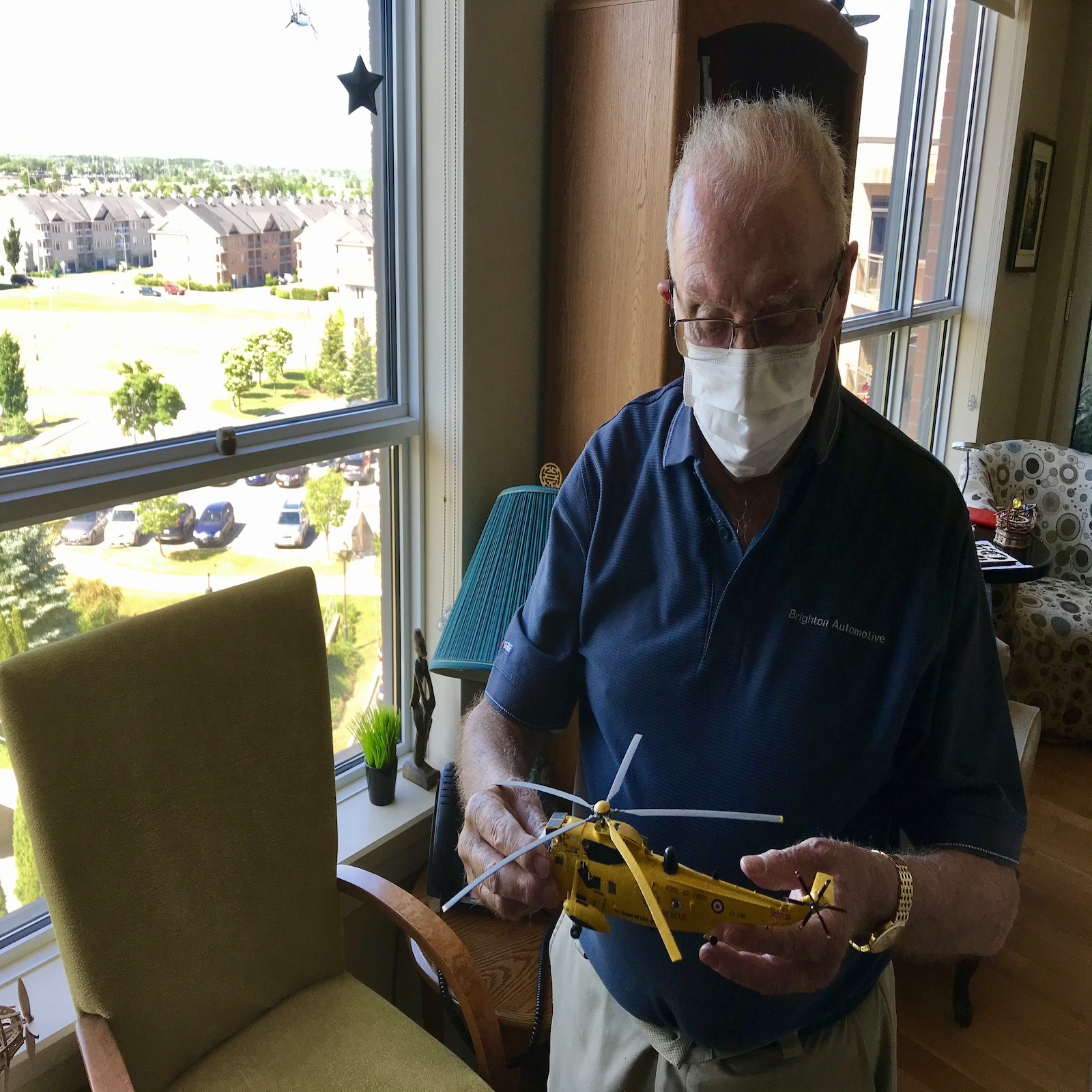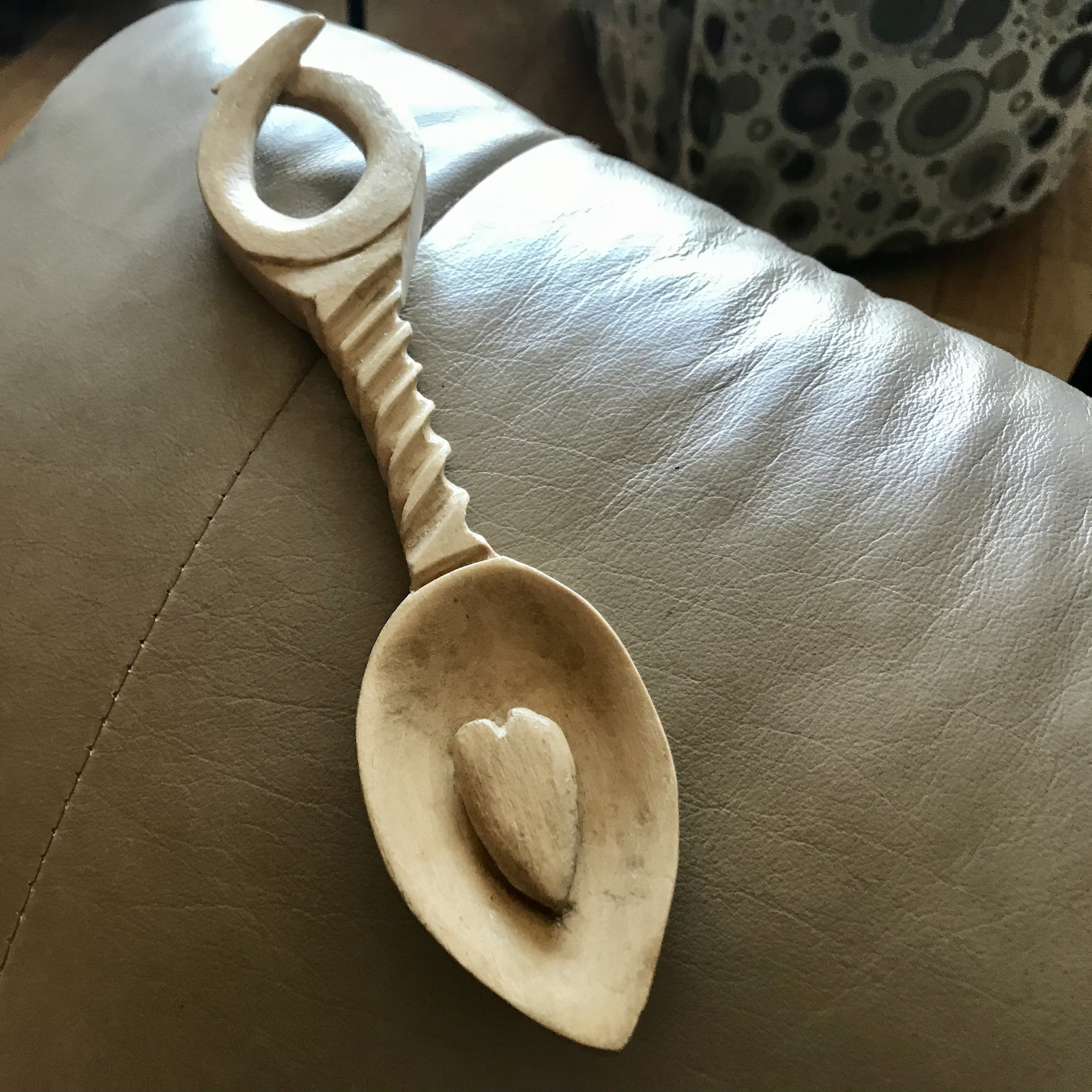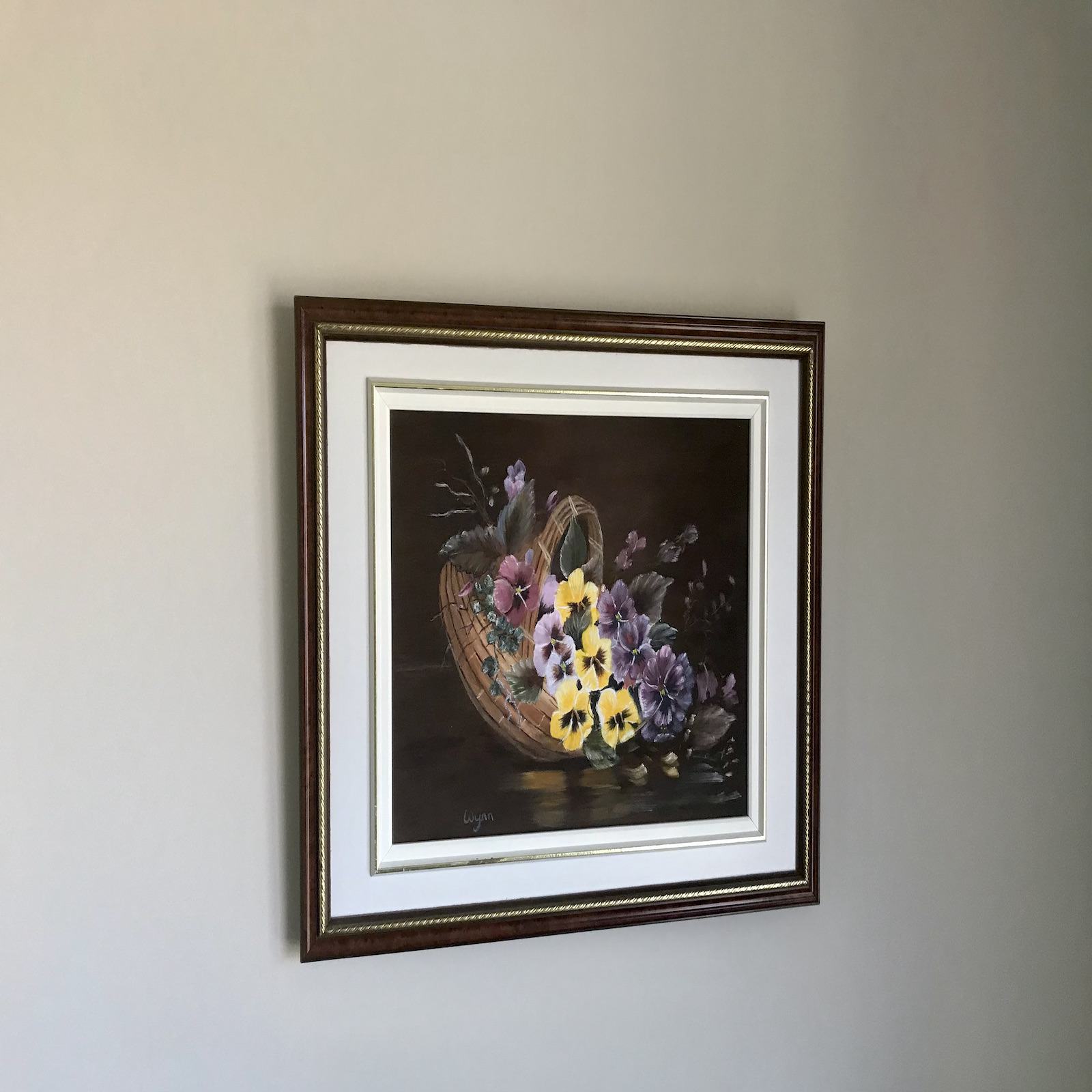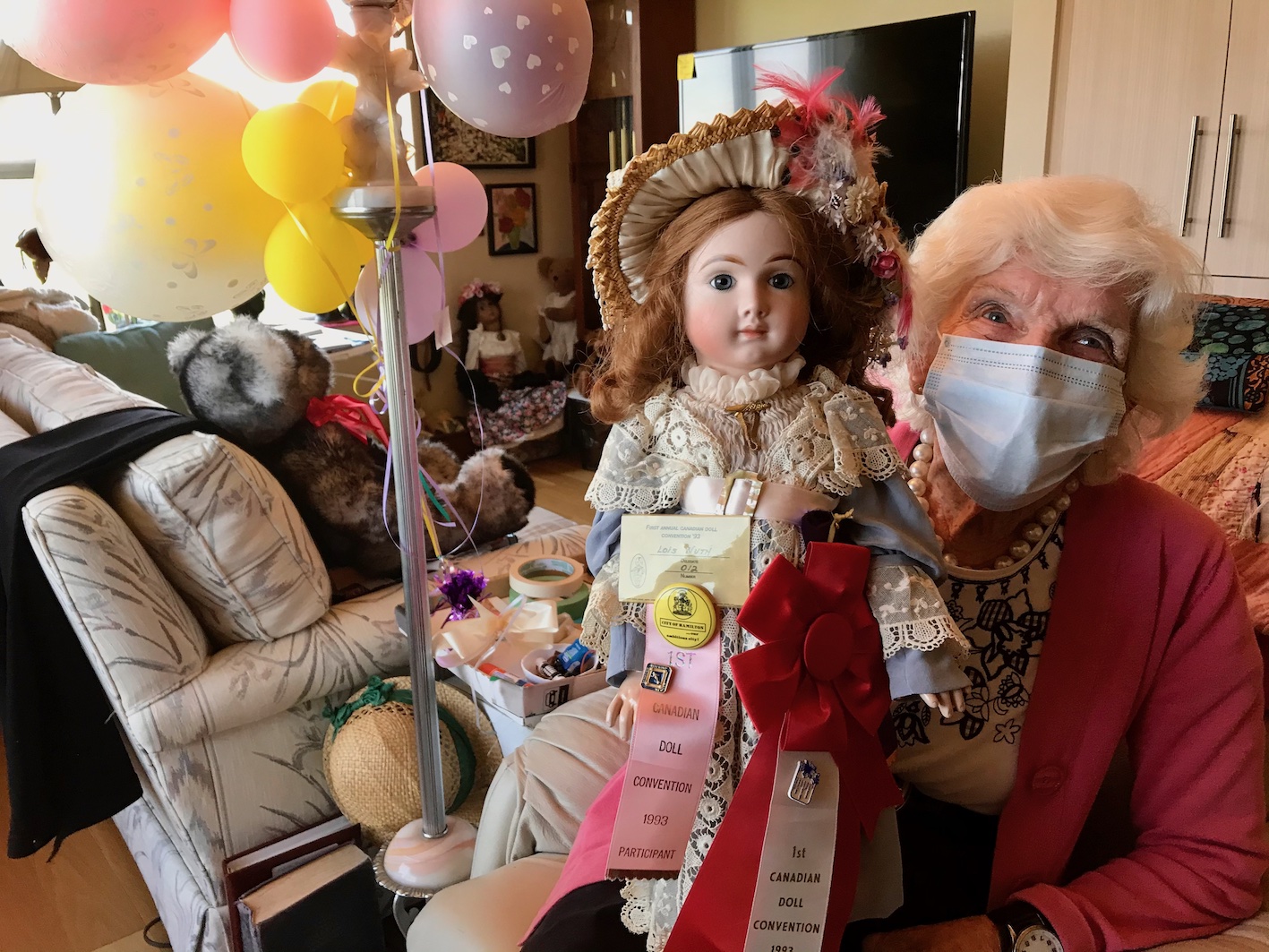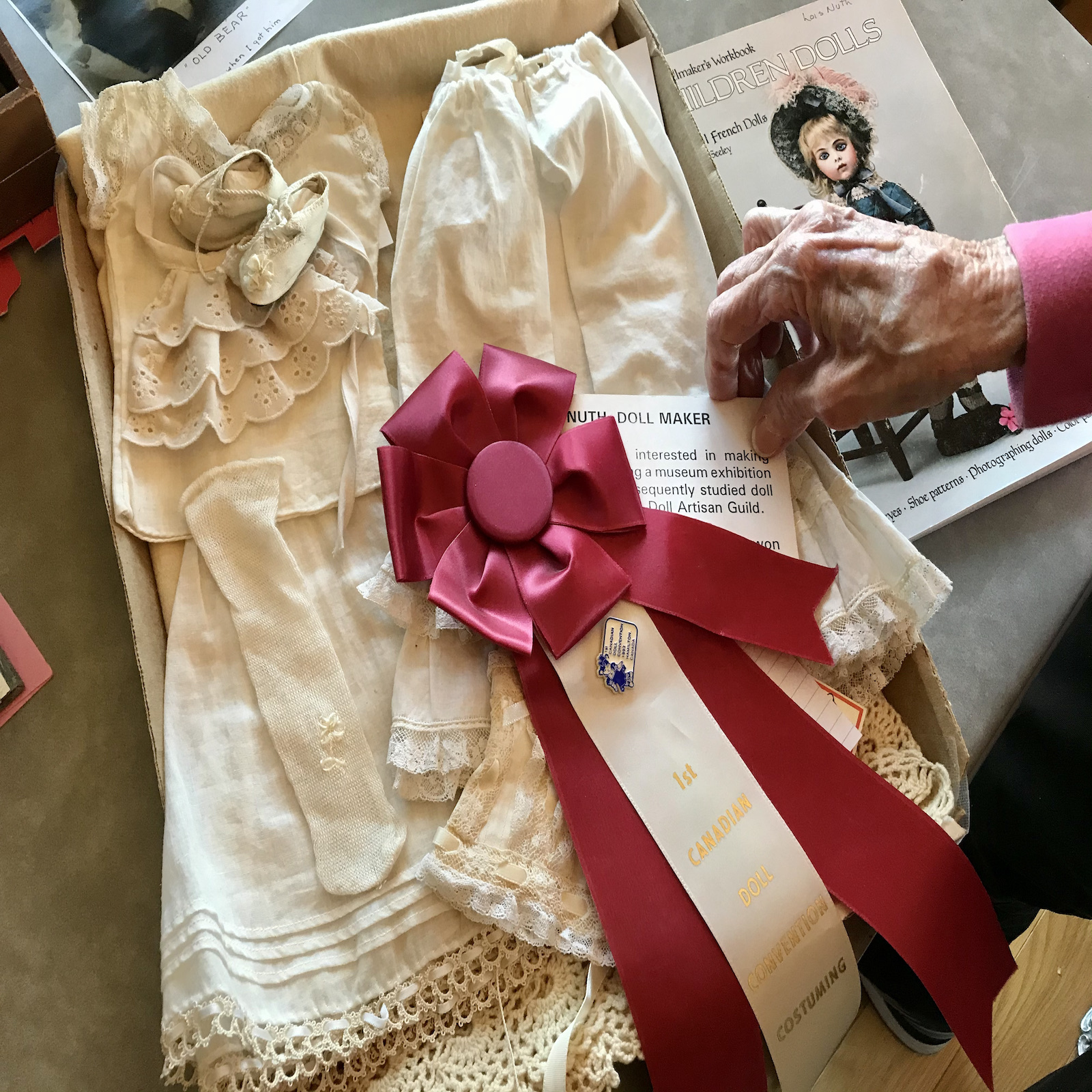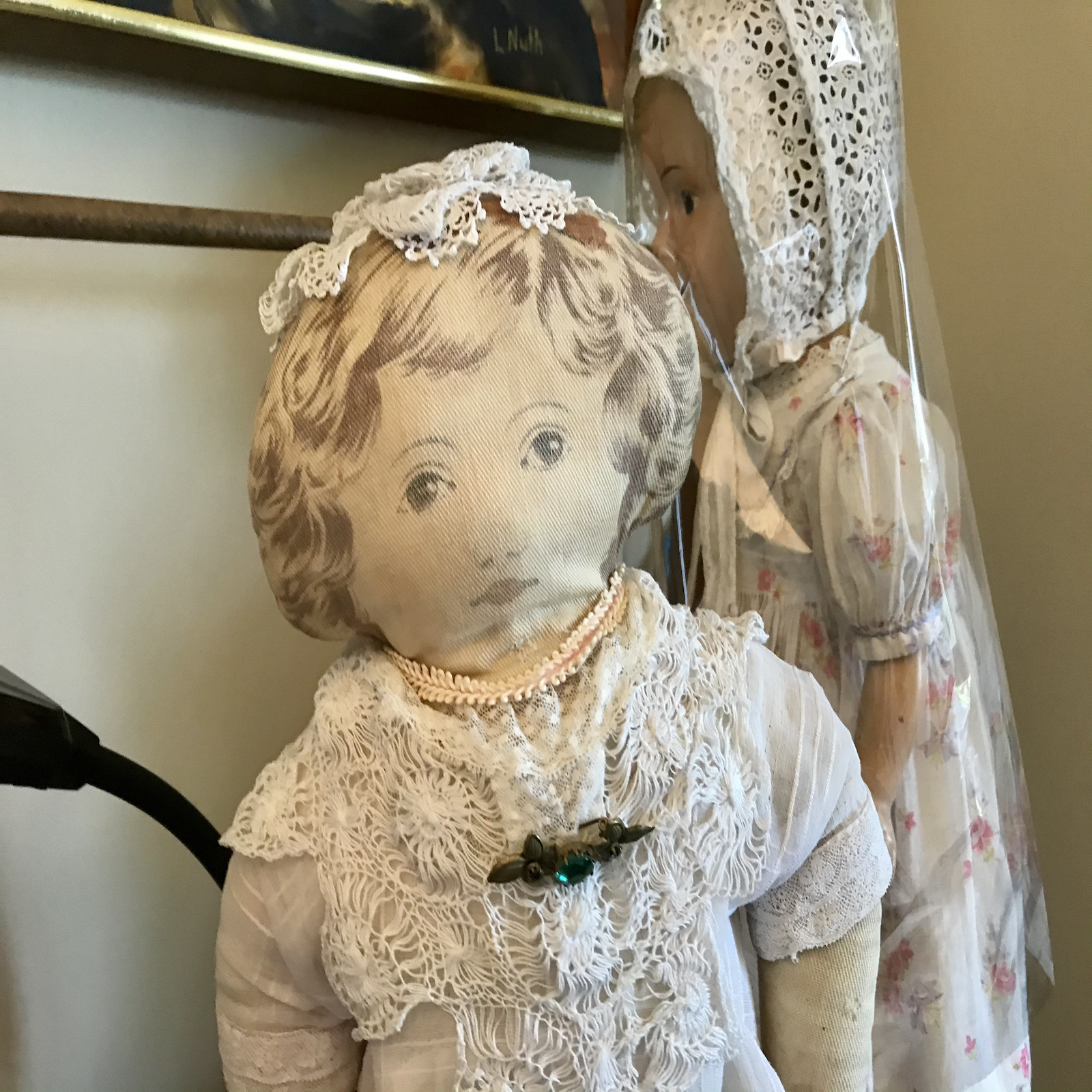Art is everywhere, even within the quarters of our homes. Our residents at Alavida Lifestyles hold great talents at their fingertips. Many have shared their art with the world. The stories behind their art are just as precious as the pieces themselves. From wood carvers to model builders to doll makers, Alavida Lifestyles is brimming with talent. The residents at Ravines Retirement Residences and Senior Suites hold rich histories in creation. Read about three of them below.
Geoff Gale
Geoff Gale combines nature with art. He takes the beauty of the Canadian loon and other bird species and makes it real. Geoff Gale is an artist who has applied his skills to many mediums. His most intriguing pieces are his hand-carved and painted birds. Geoff took a course at Algonquin College many years ago. By strange fate, his instructor was an old friend he had met when working in Hong Kong. This connection built a stronger bond between the two carvers, propelling Geoff’s success as an artist.
Geoff spends three months on each bird. He follows hand-drawn detailed designs created by his old instructor. Starting with the carved mould of the bird, Geoff begins by putting careful detail into his burn marks and line carvings with his assortment of knives. He finishes by painting the intricate details onto the bird. Sixteen of his carvings are located across the globe. Geoff’s hobby has provided him with long-lasting entertainment and friendships throughout the years.
Peter and Wynn Hill
When the pandemic began, Peter Hill was looking for something to do. He and his wife Wynn are naturally creative people. It only seemed correct that they continue to create during a time that forced people to stay home. The pandemic guided Peter back towards an old passion of his- model airplane building. When Peter was young, he carved airplane models out of wood. They did not have plastic kits when he was a teenager growing up in England. Soon after Peter started carving airplanes, he began to handle real artillery. He joined the British army. After his service with the Artillery First Battery of the Blazers, Peter landed a job at General Electric, where he met Wynn.
Since they met, the two have created many artistic pieces by each other’s sides. Wynn is a painter and a sewer. Peter builds models and carves wood and other materials into sculptures. Their son, who also makes model airplanes, inspired Peter to get back into the craft when he sent him a model to build. Peter is constantly building and painting his models, which decorate the couple’s art-filled home.
Lois Nuth
Lois Nuth lives inside a real-life dollhouse. She lives with the dolls and teddy bears that she has made, repaired, and collected. Lois was given her first doll by her grandmother when she was born in 1933. She still has it today. When she was young, it was not common for children to own a lot of toys. It was very special to own a doll. Her love for dolls grew when she played with them at her grandmother’s home. In the 1980s, Lois started a doll-making club with eight to nine other women. She joined the club with an artistic background, working in many mediums of craft. One of the club members had a kiln. Lois took three lessons with her to learn how to pour and shape the material for the head. Once she mastered the kiln, Lois took things into her own hands.
Lois entered doll-making competitions across North America. To win a contest, one had to replicate an image of a doll. Lois would begin by moulding the doll’s head. She would then cut out the shape for the eyes and fill them with glass eyes. Before the mould was fired in the kiln, it was cleaned. The features were enhanced so that none of the clay stuck to it. After the doll went through the kiln, it was painted. Lois sewed the clothes for all the dolls she made. Her mother sewed the socks. Lois was extremely dedicated to her craft. She counted every eyelash on each doll and ensured they were glued precisely in the right place. It is no wonder she won so many competitions.

